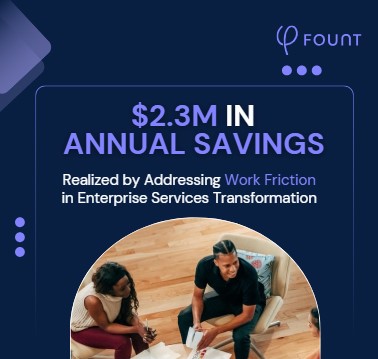FOUNT Research Reveals Massive Gap Between Employees’ and Business Leaders’ Perception of Work Friction
A summary of the details of the article will go here.
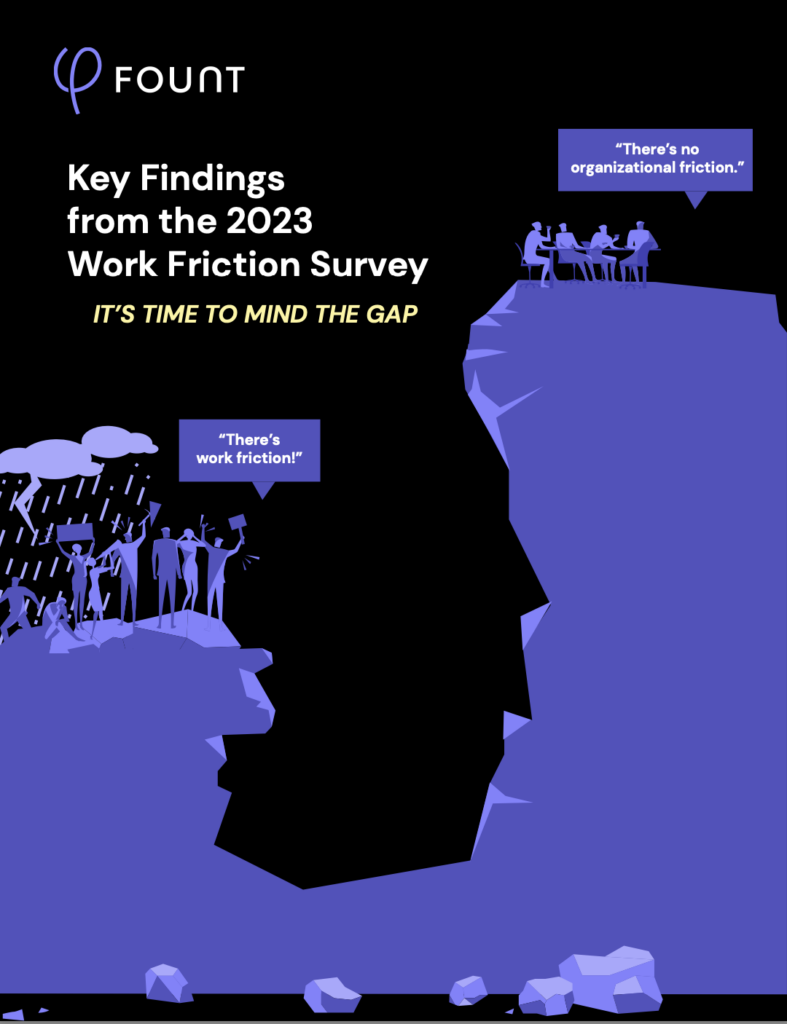
Data reveals unexplored avenues to address stalled productivity and rising employee disengagement
To read the complete PDF summary of key findings, including charts, fill out the form below.
FOUNT, a platform that helps companies identify and reduce work friction, today released research from its 2023 Work Friction Survey. The findings reveal a massive gap between how business leaders and employees perceive work friction. When asked how work friction has changed over time, nearly half of employees said it’s gotten worse. This is in stark contrast to business leaders, three-quarters of whom thought work friction had not changed or had even improved.
Work friction is perceived by employees as energy they shouldn’t have to expend at work. It can range from faulty systems to unavailable managers and erratic work schedules. Because work friction can only be seen by employees as their daily workflow is disrupted, it is often overlooked leading to frustration, burnout and misdirected investment on the wrong solutions. According to Gartner, employees waste two hours per day trying to work around work friction. For a Fortune 1000 company with 10,000 employees, that amounts to 3.1 million wasted hours per year and an annual $78.4 million lost.
“While most leaders believe they are well-informed about the work friction their employees experience, this research clearly indicates a stark divide,” said Christophe Martel, Cofounder and CEO of FOUNT. “Despite record investment in learning and development, staffing, and technology to make work better, employee quit rates have more than doubled in the last decade – costing Fortune 500 companies hundreds of millions of dollars annually. The only way to understand what employees experience is either to play undercover boss or get work friction data. Absent this, it’s guesswork.”
FOUNT’s research also found that:
1. Work friction is a likely contributor to absenteeism and attrition
95% of employees said work friction makes them feel bad about their job, with 37% of employees saying work friction makes them feel so bad they want to quit or take days off. In short, work friction likely plays a significant role in absenteeism and attrition.
2. Work friction is perceived to stifle personal productivity and quality customer service
68% of employees reported work friction has a negative impact on their personal productivity and their ability to provide strong customer service.
3. Work friction overwhelmingly occurs in employee experiences owned by business leaders
80% of work friction occurs in employees’ day-to-day work vs HR managed services (e.g. career advancement, training, taking leave).
Work friction symptoms are usually apparent, like absenteeism and low productivity. A business leader might first try to address those symptoms with a cash bonus for high performers or strict time-off rules. But like allergy sufferers, treating a stuffy nose with medication isn’t the same as addressing the root cause, such as pet dander. Treating only the symptoms means problems will persist or could even get more complicated.
Christophe Martel, cofounder and CEO of FOUNT
FOUNT’s 2023 Work Friction survey suggests the problem is likely getting worse at most companies. Although 91% of leader respondents said work friction reduction is a priority for their organizations, only 42% have so far taken action to reduce it, and less than 20% are tackling work friction in employees’ day-to-day work, where it most often occurs.
To learn more about work friction and why it matters, download FOUNT’s Work Friction whitepaper or book a demo. Read more about this research in Human Resources Director Canada magazine.
About 2023 Work Friction Survey
FOUNT Global Inc.’s 2023 Work Friction Surveys were fielded in August 2023 in collaboration with our panel survey partner, RepData. A total of 706 panelists were sourced from across North America, Europe, and ANZ using multimodal collection: 506 employees completed an 11-question survey online; 200 HR, business, and C-suite leaders completed a 4-question survey in telephone interviews. Both surveys included closed- and open-ended questions; the latter were coded to generate quantifiable results for comparison with closed-ended responses.
Related Resources
See all News
Insights
Breaking the False Tradeoff in GBS: Efficiency vs. Experience

Events
LIVE Webinar – July 9th for SSON Network. Beyond AI Hype: How to De-Risk Your GBS Transformation with Friction Data

Insights
To Create New Value, GBS Leaders Need Different Data
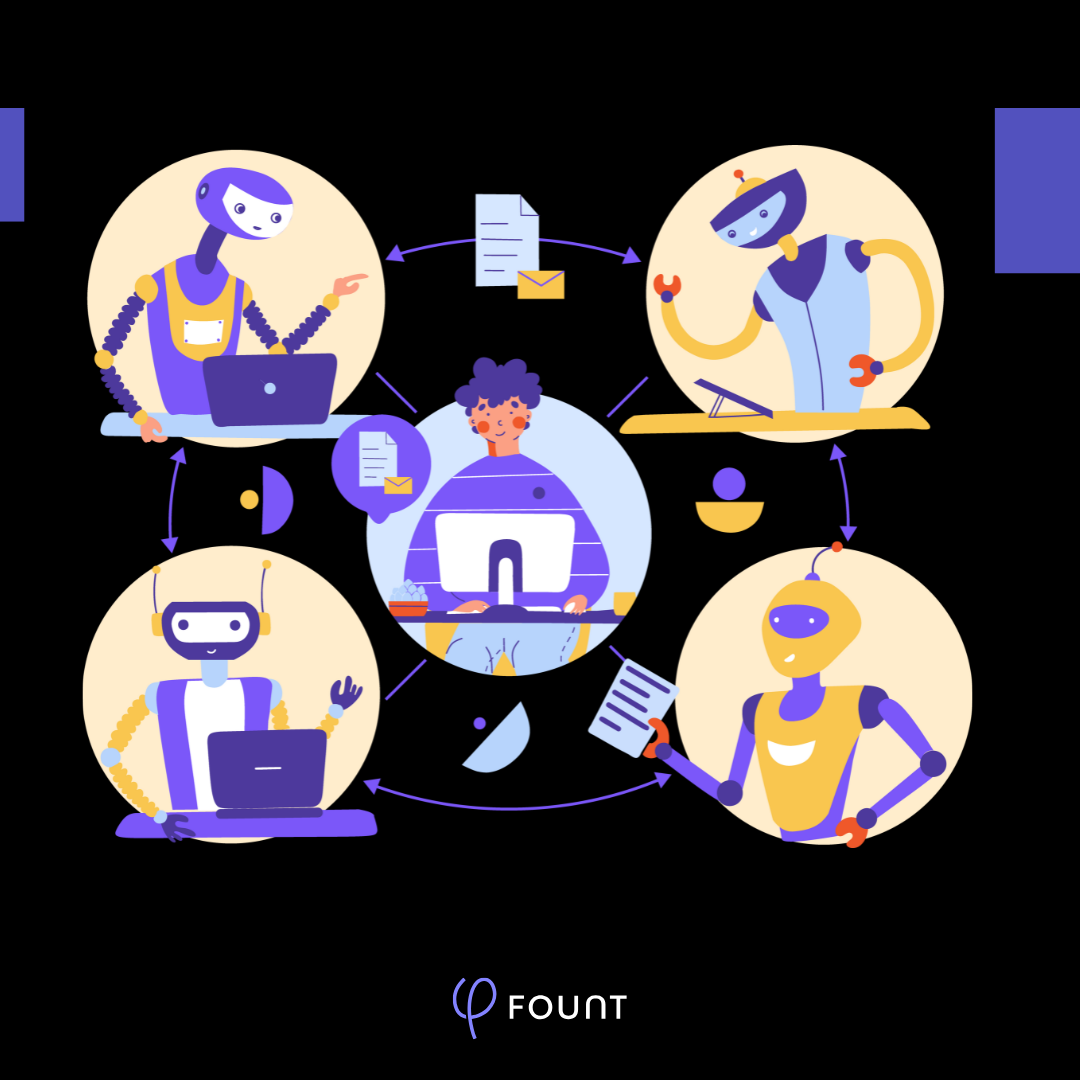
Insights
How to Keep Up with the Latest AI Developments
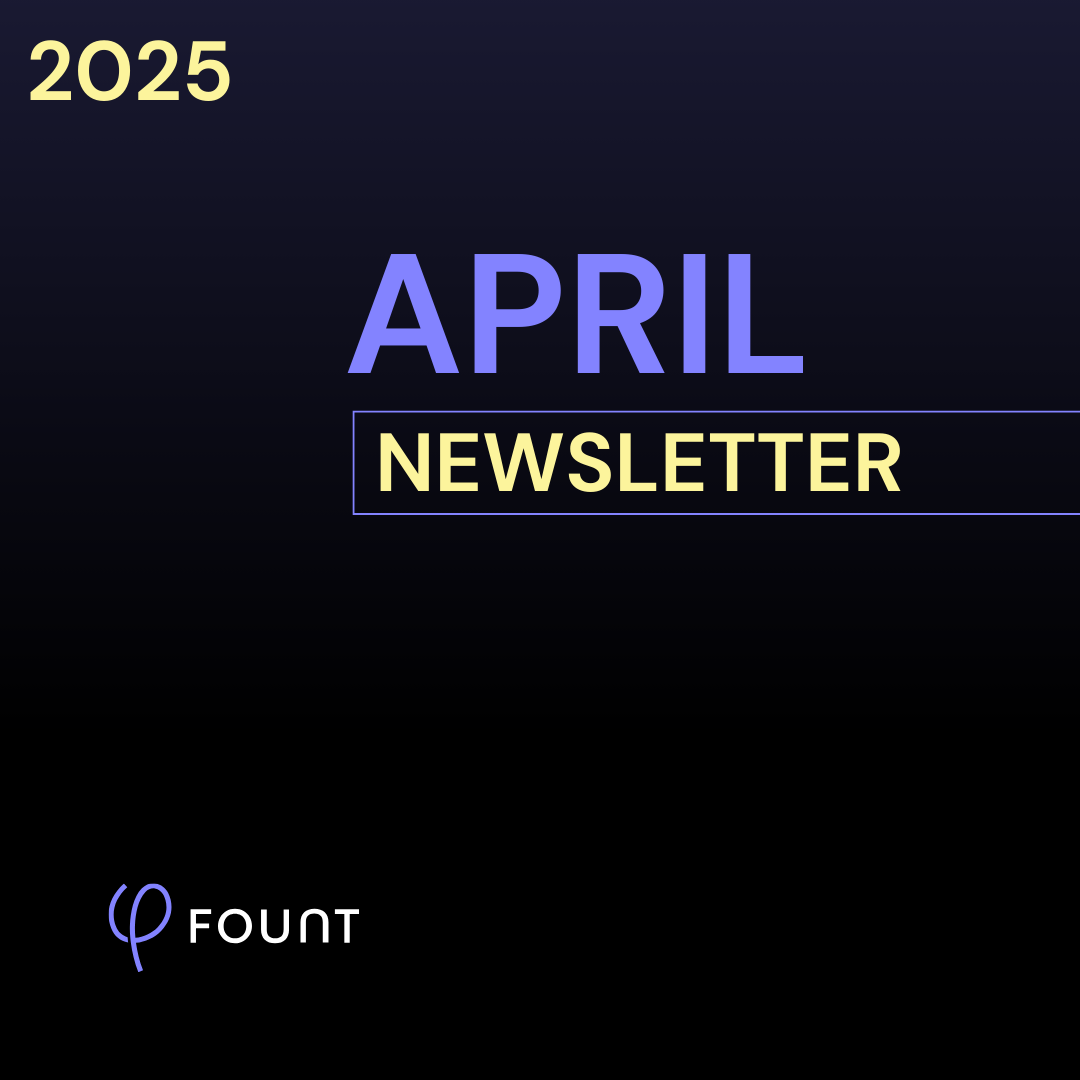
Insights
APRIL Newsletter. Friction: You Can’t Improve What You Can’t See

Guest Post
AI is Reshaping the HR Operating Model: Here’s What 15 Leading Companies Discovered
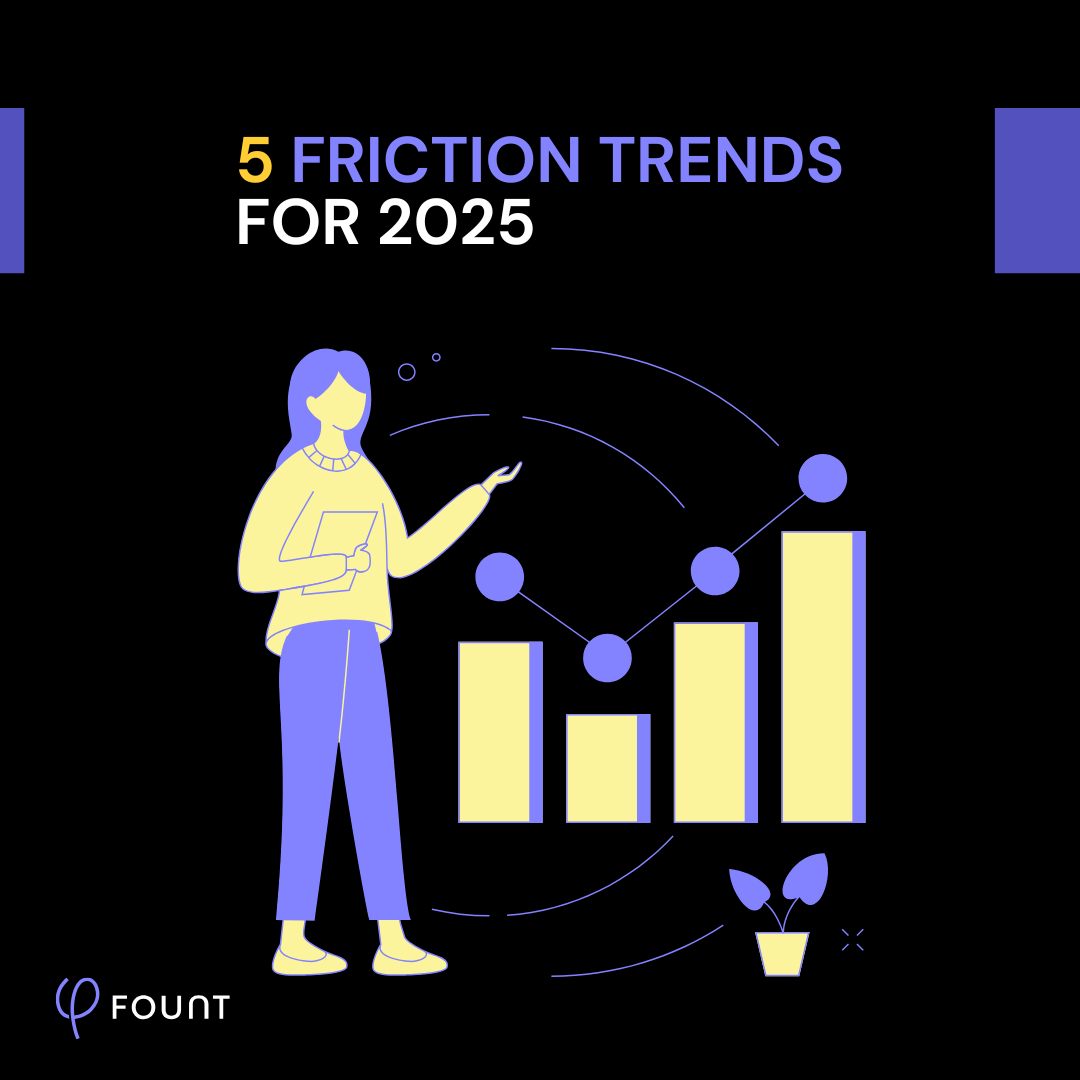
Insights
5 Friction Trends for 2025
Research
WHITEPAPER: Work Friction
